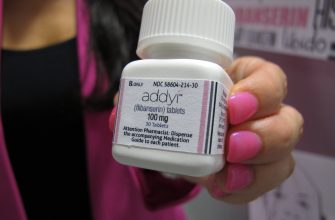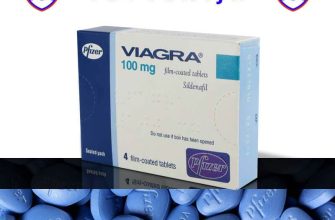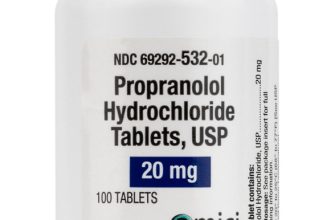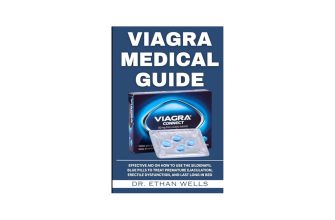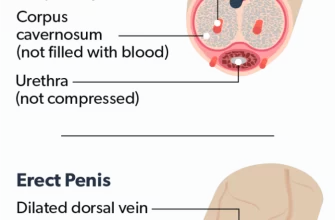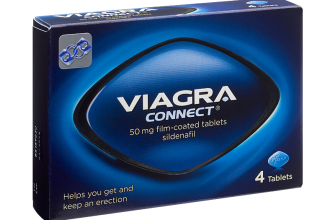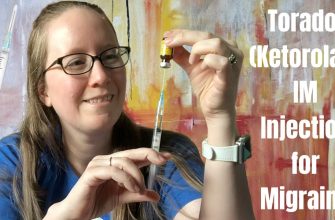Yes, steroid creams can significantly alleviate psoriasis symptoms. They reduce inflammation and suppress the overactive immune response causing the skin’s irritation. However, understanding their proper use is key for managing your condition effectively and minimizing potential side effects.
Topical corticosteroids come in various potencies, ranging from mild to very strong. Your dermatologist will determine the appropriate strength based on the severity and location of your psoriasis. They’ll also advise on application frequency and duration of treatment. Remember, prolonged use of high-potency creams can thin the skin, so careful adherence to your doctor’s instructions is crucial.
Beyond prescription creams, consider incorporating moisturizing lotions daily to maintain skin hydration. This helps prevent cracking and reduces discomfort. Additionally, explore other therapies alongside steroid creams, such as phototherapy or biologics, to achieve optimal results and potentially reduce your reliance on topical steroids. Regular follow-up appointments with your dermatologist ensure your treatment plan remains tailored to your specific needs and progress.
Important Note: Never self-treat psoriasis with steroid creams. Always consult a dermatologist for diagnosis and treatment guidance. They can accurately assess your condition and prescribe the most suitable approach for your specific situation.
- Steroid Creams for Psoriasis: A Guide to Choosing the Right One
- Understanding Potency Levels
- Cream vs. Ointment: Choosing the Right Formulation
- Addressing Potential Side Effects
- Beyond Steroids: A Holistic Approach
- Understanding the Types and Strengths of Topical Steroids for Psoriasis
- Potency Matters: Choosing the Right Strength
- Beyond Potency: Consider the Formulation
- Addressing Potential Side Effects
- How to Apply Steroid Cream Effectively for Optimal Results
- Potential Side Effects and Long-Term Use of Steroid Creams for Psoriasis
Steroid Creams for Psoriasis: A Guide to Choosing the Right One
Consult your dermatologist. They’ll assess your psoriasis severity and recommend the most suitable steroid cream strength and type. This personalized approach is key to effective treatment.
Understanding Potency Levels
Steroid creams are categorized by potency: mild, moderate, or high. Mild steroids, like hydrocortisone 1%, are ideal for smaller, less severe patches. Moderate options, such as fluocinolone acetonide, treat more extensive psoriasis. High-potency steroids, like clobetasol propionate, are reserved for severe, resistant plaques, and require careful monitoring by your doctor due to potential side effects.
Cream vs. Ointment: Choosing the Right Formulation
Creams are generally preferred for less scaly, inflamed areas, as they’re easier to spread and absorb. Ointments, containing more oil, better moisturize and seal in moisture for dry, scaly areas. Your doctor can advise which suits your specific needs.
Addressing Potential Side Effects
Long-term use of high-potency steroids can thin the skin, leading to stretch marks or increased skin fragility. Your doctor will discuss minimizing these risks. They might recommend using the steroid intermittently, rotating with other treatments, or limiting the application area.
Beyond Steroids: A Holistic Approach
Steroid creams often work best as part of a broader psoriasis management plan. This might include other topical treatments, light therapy, or systemic medications. Discuss all available options with your dermatologist to create a customized treatment strategy that addresses your specific needs and concerns.
Understanding the Types and Strengths of Topical Steroids for Psoriasis
Choosing the right steroid cream requires understanding the different classifications and potencies. Doctors categorize topical corticosteroids into seven classes, from Class I (most potent) to Class VII (least potent). Class I steroids, such as clobetasol propionate, are reserved for severe, localized psoriasis plaques. These high-potency steroids are typically used for short periods due to the risk of side effects like skin thinning.
Potency Matters: Choosing the Right Strength
Medium-potency steroids (Classes III-IV), including fluocinolone acetonide and triamcinolone acetonide, work well for moderate psoriasis. They offer a balance of effectiveness and reduced side effect risk compared to high-potency options. Lower-potency steroids (Classes V-VII), like hydrocortisone, are suitable for mild psoriasis or for maintenance therapy after using stronger creams. Your dermatologist will help you select the appropriate potency based on your specific needs and the severity of your condition.
Beyond Potency: Consider the Formulation
Formulations also play a role. Creams are generally best for moist lesions, while ointments work better for dry, scaly patches. Gels and foams may be preferable for hairy areas. Always follow your doctor’s instructions and apply the cream as directed, typically once or twice daily, depending on the severity and response to treatment. Remember to apply a thin layer and avoid covering treated areas with occlusive dressings unless specifically advised by your doctor.
Addressing Potential Side Effects
Potential side effects include skin thinning, stretch marks (striae), and burning or irritation. Using the lowest effective potency for the shortest necessary duration significantly minimizes these risks. Regular monitoring by your dermatologist is crucial to ensure safe and effective treatment. Long-term use of high-potency steroids should be avoided unless absolutely necessary. Your doctor might recommend intermittent use or combining the steroid with other treatments, like calcineurin inhibitors or vitamin D analogs.
How to Apply Steroid Cream Effectively for Optimal Results
Wash your hands thoroughly before and after application. Apply a thin layer of cream to the affected area. A pea-sized amount is often sufficient for a small patch.
Gently rub the cream into the skin until it’s fully absorbed. Avoid harsh rubbing, which can irritate the skin further. Apply the cream once or twice daily, as directed by your dermatologist.
Use the cream only on the affected skin. Avoid contact with your eyes, nose, and mouth. If accidental contact occurs, rinse thoroughly with water.
Use the steroid cream consistently for the prescribed period, even if you notice improvement sooner. Stopping treatment early can lead to a relapse of your psoriasis.
Cover the treated area with a thin, breathable dressing to improve absorption and reduce the risk of spreading the cream, but only if your doctor recommends it.
Monitor your skin closely for any adverse reactions, such as burning, itching, or increased redness. Report any concerns to your dermatologist immediately.
Store the cream in a cool, dry place, away from direct sunlight and heat, to maintain its potency. Always follow your doctor’s instructions precisely for best outcomes.
Potential Side Effects and Long-Term Use of Steroid Creams for Psoriasis
Use steroid creams as directed by your dermatologist. Prolonged or excessive use can lead to several issues.
- Skin thinning (atrophy): This makes the skin more fragile and susceptible to bruising and tearing. It’s especially noticeable with potent steroids applied over extended periods.
- Striae (stretch marks): These purplish-red lines appear most frequently on areas with thinner skin, such as the face, armpits, and groin.
- Telangiectasia (spider veins): These tiny, dilated blood vessels become visible on the skin’s surface, particularly in areas of prolonged steroid use.
- Acneiform eruptions: Steroids can sometimes trigger acne-like breakouts.
- Purpura: This involves small purple spots caused by bleeding under the skin; a sign of skin fragility.
- Rosacea exacerbation: For individuals with rosacea, steroid creams might worsen the condition.
- Perioral dermatitis: A rash around the mouth can develop.
- Increased risk of infections: Steroid creams can suppress the immune system, potentially increasing vulnerability to skin infections.
To minimize risks:
- Strictly follow your dermatologist’s instructions regarding application frequency and duration.
- Use the lowest potency steroid cream that effectively manages your psoriasis.
- Apply a thin layer to the affected area only.
- Consider intermittent use–apply the cream for a set period, then take a break under your dermatologist’s guidance.
- Regularly monitor your skin for any adverse effects and report them to your dermatologist.
- Explore alternative or complementary treatments alongside steroid creams, such as moisturizers or light therapy, to reduce steroid dependence.
Your dermatologist can help create a personalized treatment plan to balance the benefits of steroid creams against potential side effects. Regular check-ups are crucial for long-term management of psoriasis.


